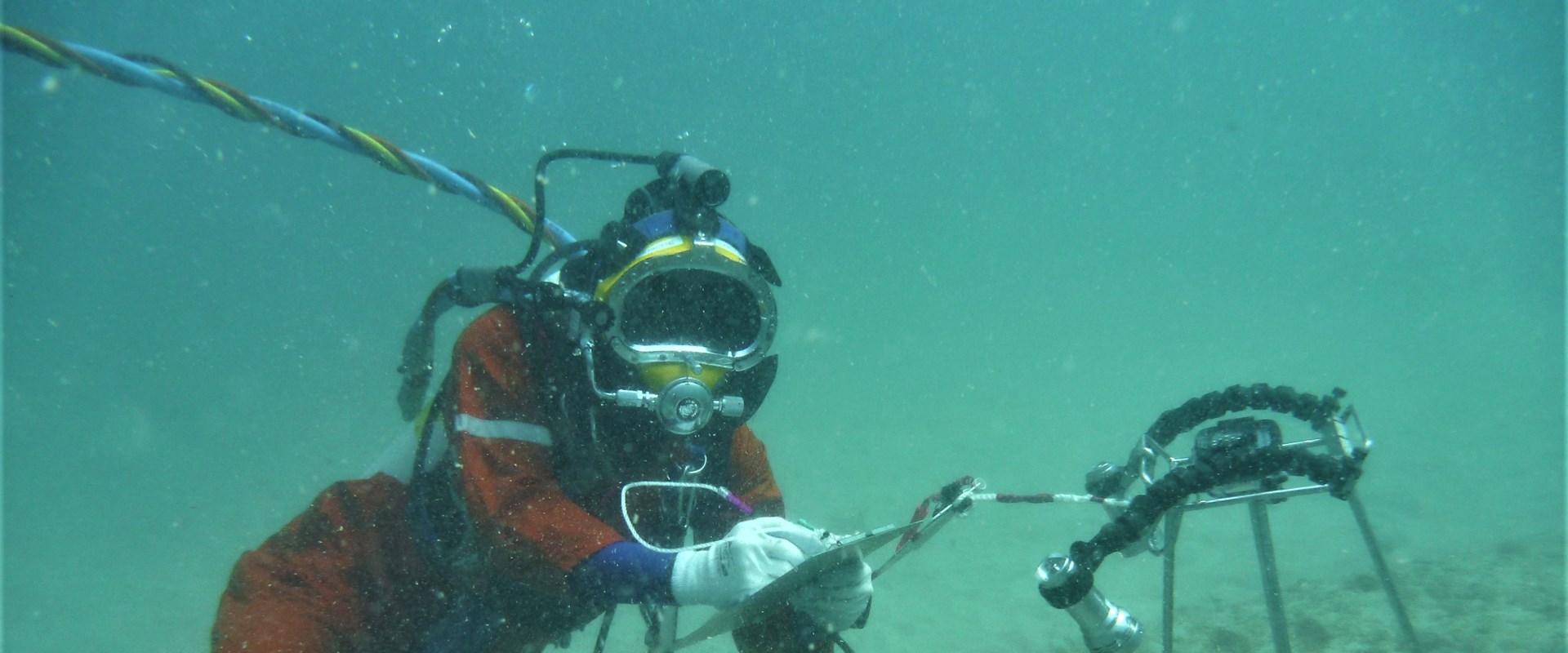
Monitoring of aquaculture operations
Designing and interpreting surveys specific to marine aquaculture operations and aquaculture infrastructure development.
The design and execution of baseline and operational environmental monitoring programs forms a significant component of our work. Our programs consider the regulator’s needs, the safety and logistical constraints, and the required statistical sensitivity of the program, which translates to robust, cost-effective, and user-specific programs.
Our services are complemented by an expert understanding of environmental thresholds and trigger values. We have designed monitoring programs for marine sea-cage and abalone sea-ranching operations.
Specific services:
Our marine benthic habitat maps are produced by remote sensing specialists in consultation with our team of benthic marine ecologists. Depending on the depth and clarity of the water, mapping is undertaken using imagery (aerial or satellite) or hydroacoustic data (side scan or multibeam backscatter) together with an appropriate amount of ground-truthing (towed video, Remotely Operated Vehicles, or spot dives).
The mapping procedure typically comprises:
Aquaculture projects are beset with unforeseen risks, including financial, climatic, and biological.
It is imperative to evaluate risk factored benefits from the project during its lifetime in the face of external uncertainties and project characteristics. With its understanding of the aquaculture value chain and knowledge of specific markets, we will develop a robust risk factored financial plan to ensure long-term value capture in the marketplace for you.
The financial plan will include:
We develop revenue models based on the size of the market, long-term price trends, and similar products distribution patterns.
We identify the capital expenditure (CAPEX) needed to purchase land or sea area, build production facilities, and develop logistics. The capital expenditure would include connectivity and supply chain aspects like new roads, electric power, port warehousing and sea logistics depending on the targeted value chain. We can evaluate lease buy and cost-benefit analyses.
We identify the operating expenditure (OPEX), including human resources, energy, feed, and disease control costs.
We help develop an integrated financial model to evaluate cash flows from the project based on CAPEX, OPEX and revenues. We test the model for various scenarios and sensitivities to capture the project’s cash flow uncertainties.
The scenarios analysis includes additional CAPEX required for “hot” species mix, production downtime due to weather, Debt/Equity ratios or change to business structures.